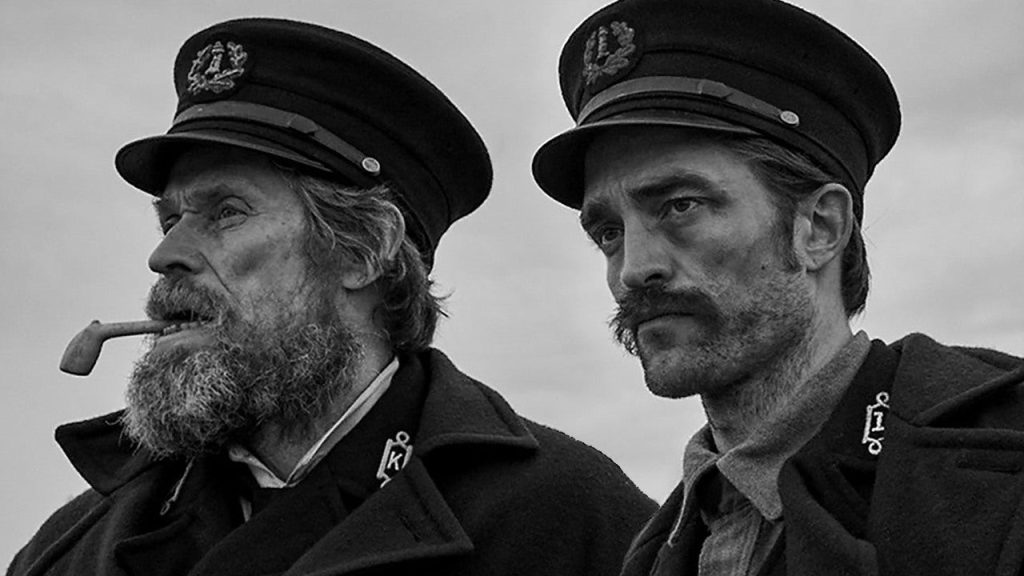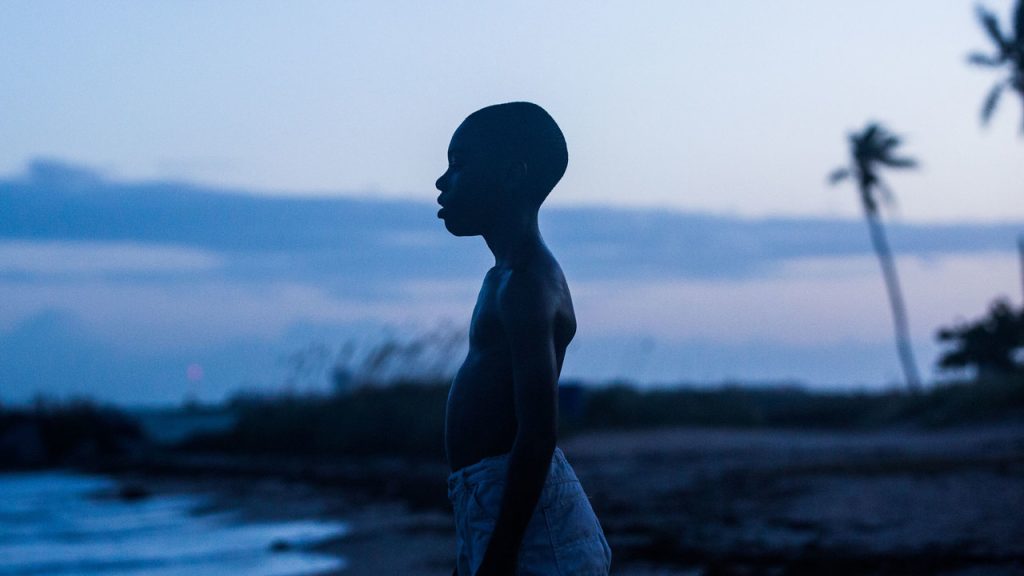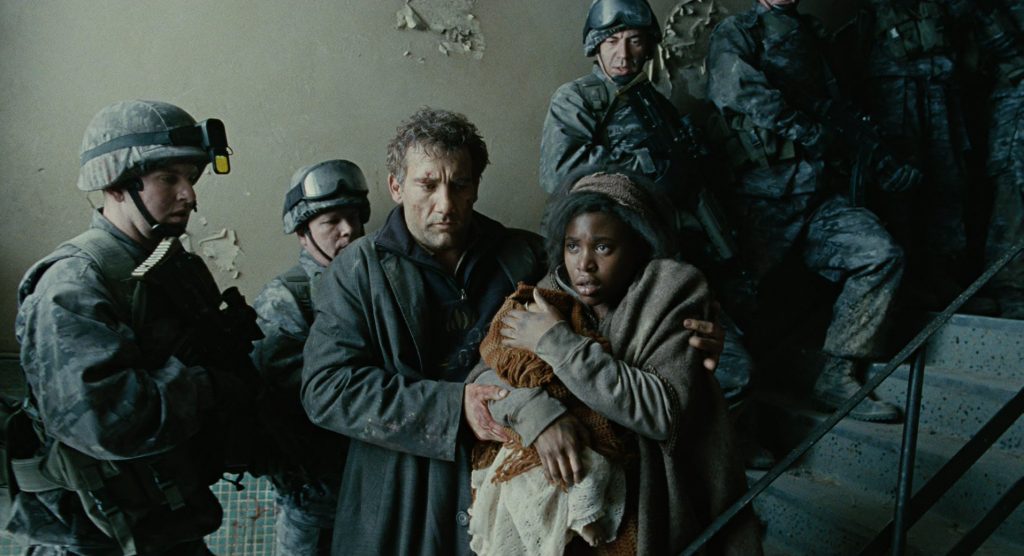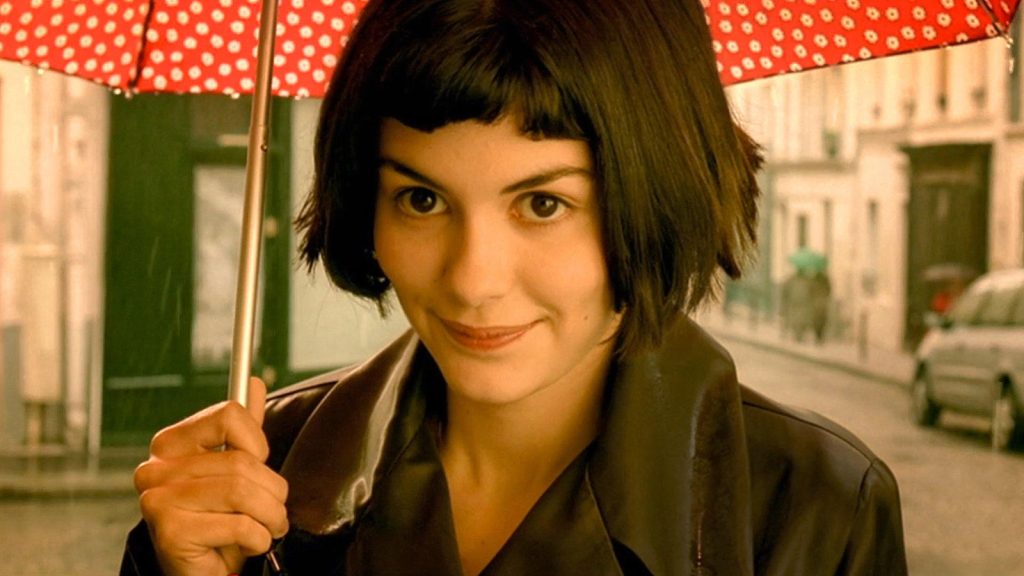The future of cinematography holds exciting prospects as technological advancements continue to reshape the landscape. With the rise of virtual and augmented reality, filmmakers like James Cameron are immersing audiences in entirely new visual dimensions like Pandora in Avatar, revolutionizing storytelling. This technology allows visual storytellers to push the boundaries of visual storytelling and has already enabled Cinematographers to make some of the best cinematography films.
The Best Cinematography Films: Exploring Contemporary Trends
Over at our cinematography school, we regularly chat with filmmakers about contemporary trends in cinema—what’s hot right now, what is likely to trend in the future, and what’s already had its day.
Aerial Footage
We’re seeing a lot more aerial footage being incorporated into final cuts as of the last couple of years, particularly for establishing shots. Why? Drone technology has become more accessible and affordable, with aerial devices capable of shooting at high resolutions. It can add much more production value to edit for relatively little cost. However, it’ll be interesting to see if its usage frequency will plateau in years to come once it becomes commonplace or increases as the technology continues to advance.

Mad Max: Fury Road (2015), for example, directed by George Miller, incorporates breathtaking aerial shots of the post-apocalyptic desert landscape, adding to the overall intensity and scope of the chase scenes. With Australian Cinematographer John Seale at the helm, audiences were captivated by the rugged desert landscape.
Image via YouTube.
Subdued Lighting
Particularly over the past year, it seems to be a strong contemporary trend for cinematographers to pare down lighting rigs and keep things simple and soft, with as few lighting sources as possible (and often a heavy reliance on solely natural and ‘golden hour’ lighting.) Black and white films are still popular, with movies like The Lighthouse (2019). This psychological horror film uses subdued lighting to intensify the eerie and claustrophobic ambiance of the isolated lighthouse setting.

When practiced to the extreme, this can give a very moody effect to the resulting film—either intentionally or unintentionally—but this hugely depends on the color palette and saturation used in conjunction (more on this below.) Otherwise, it’s a contemporary trend that was, in all probability, born out of a need to soften some of the harsh edges that ultra-high digital footage can suffer from; either way, it’s a welcome break from the ultra-complex lighting dynamics that were necessary with some film stock of the past.
Image via Phoenix Film.
Subdued Color
As well as subdued lighting, we’re also seeing an increased use of subdued color in film (particularly with regard to desaturation and muted color design.) Examples of this aesthetic used to great effect can be seen in Ex Machina (2014), Her (2013), and Moonlight (2016). Directed by Barry Jenkins, the film masterfully employs subdued colors to convey the nuanced emotional landscape of its characters.

The film’s muted color palette, characterized by soft blues and gentle warm tones, mirrors the quiet intensity of its narrative, creating a visually evocative experience that complements the story of self-discovery, identity, and human connection within the Miami neighborhood it portrays. The subdued colors contribute to the film’s intimate and contemplative atmosphere, allowing the audience to immerse themselves in the poignant journey of the protagonist, Chiron, across three pivotal stages of his life.
Image A24 Films.
The Rise of Handheld Shots
Cameras are getting less unwieldy, and jib/dolly setups are becoming more plentiful and functional. As a result, it’s not a huge surprise that handheld footage is currently trending. This rise to ubiquity seems to have coincided with the release of the MoVI M10 rig in 2013, offering increased stability while allowing for the organic feel of shooting handheld.

Expect more handheld and Steadicam footage going forward, with ever-more impressive results being achieved as new rigs and systems hit the market. Children of Men (2006), for example, directed by Alfonso Cuarón, features many long, unbroken handheld shots, contributing to this dystopian science fiction film’s immersive and intense atmosphere.
Image via IMDB.
Shallow Depth of Field
While the swing between ultra-shallow and ultra-deep depth of field alternates from era to era, we’re currently amid a shallow depth of field glut. The current boom has been, in part, ushered along by the market introduction of cameras with gigantic sensors, making it very easy to achieve the look with or without telephoto lenses. When done right, it looks stunning and can add a good dose of realism to the shot… but we’re also seeing it overdone as of late, so be sure to use the technique sparingly.

A film that incorporates a shallow depth of field to highlight specific details and moments is Amélie (2001). Directed by Jean-Pierre Jeunet, Amélie enhances the whimsical and fantastical nature of the story.
Image via The New York Times.
Excel in Cinematography at NYFA
The world of filmmaking is always evolving, including contemporary trends in cinematography. Over the last few years, there will be even more emerging trends to master. Interested in pursuing Cinematography? Check out NYFA’s programs in Cinematography today!